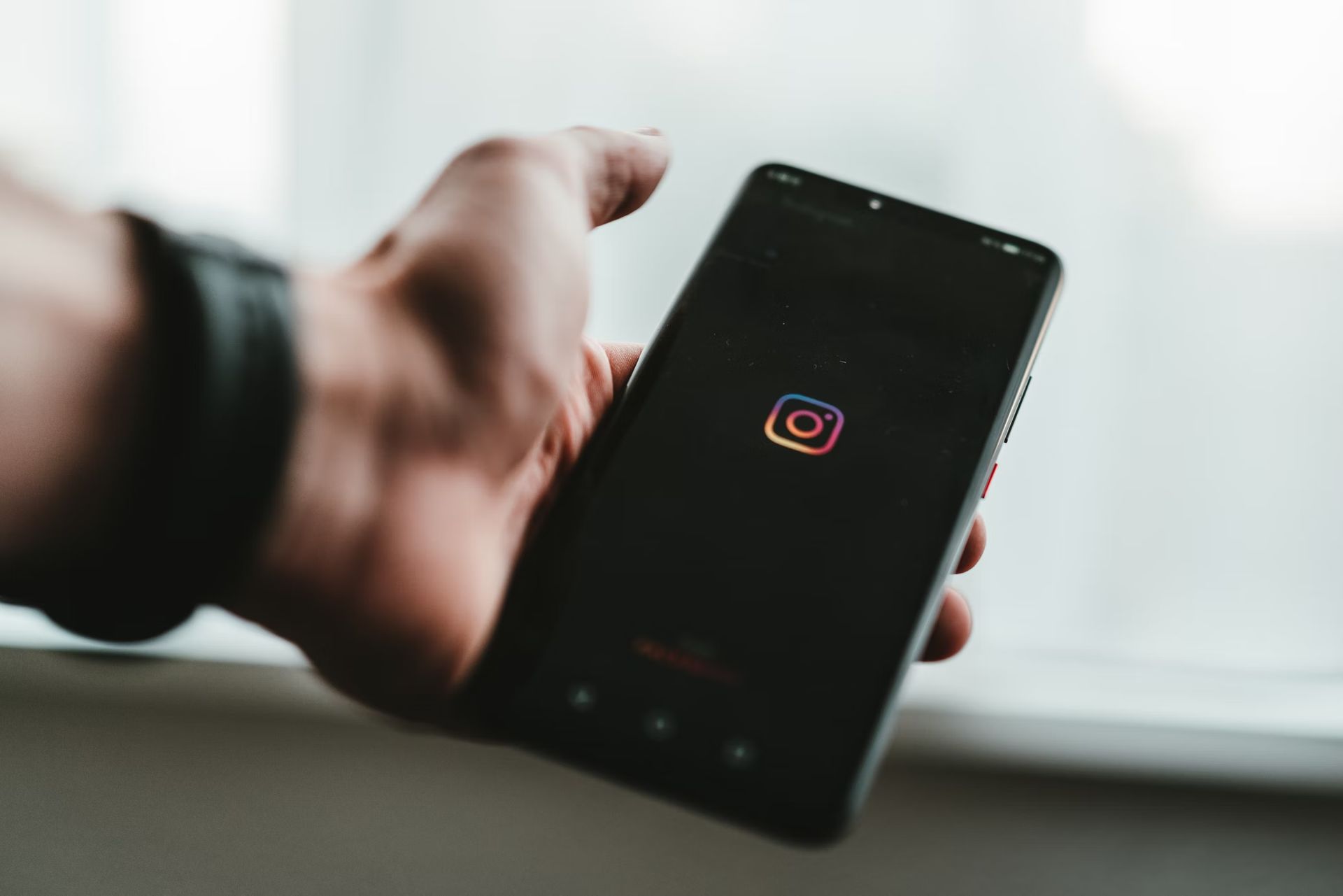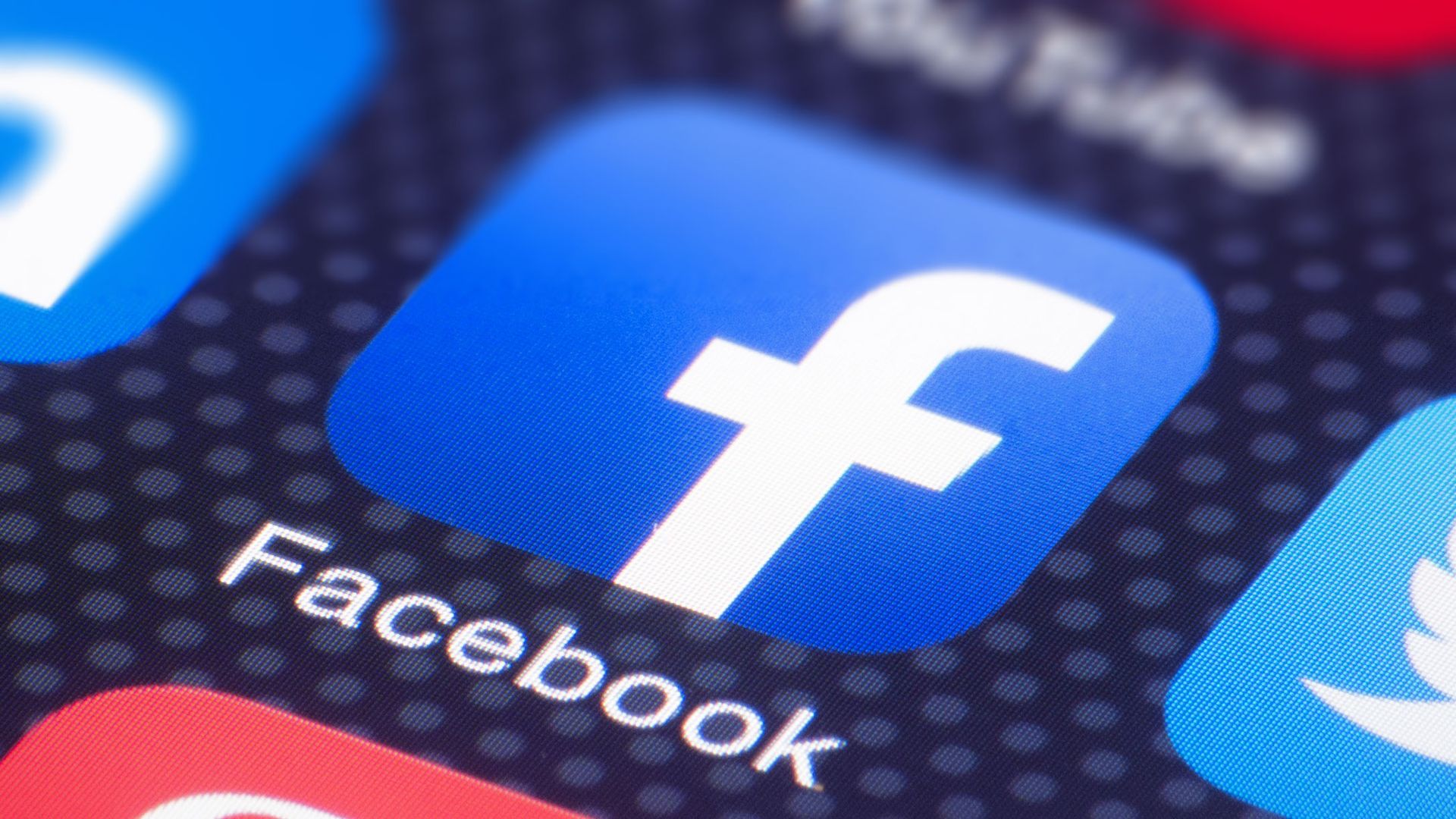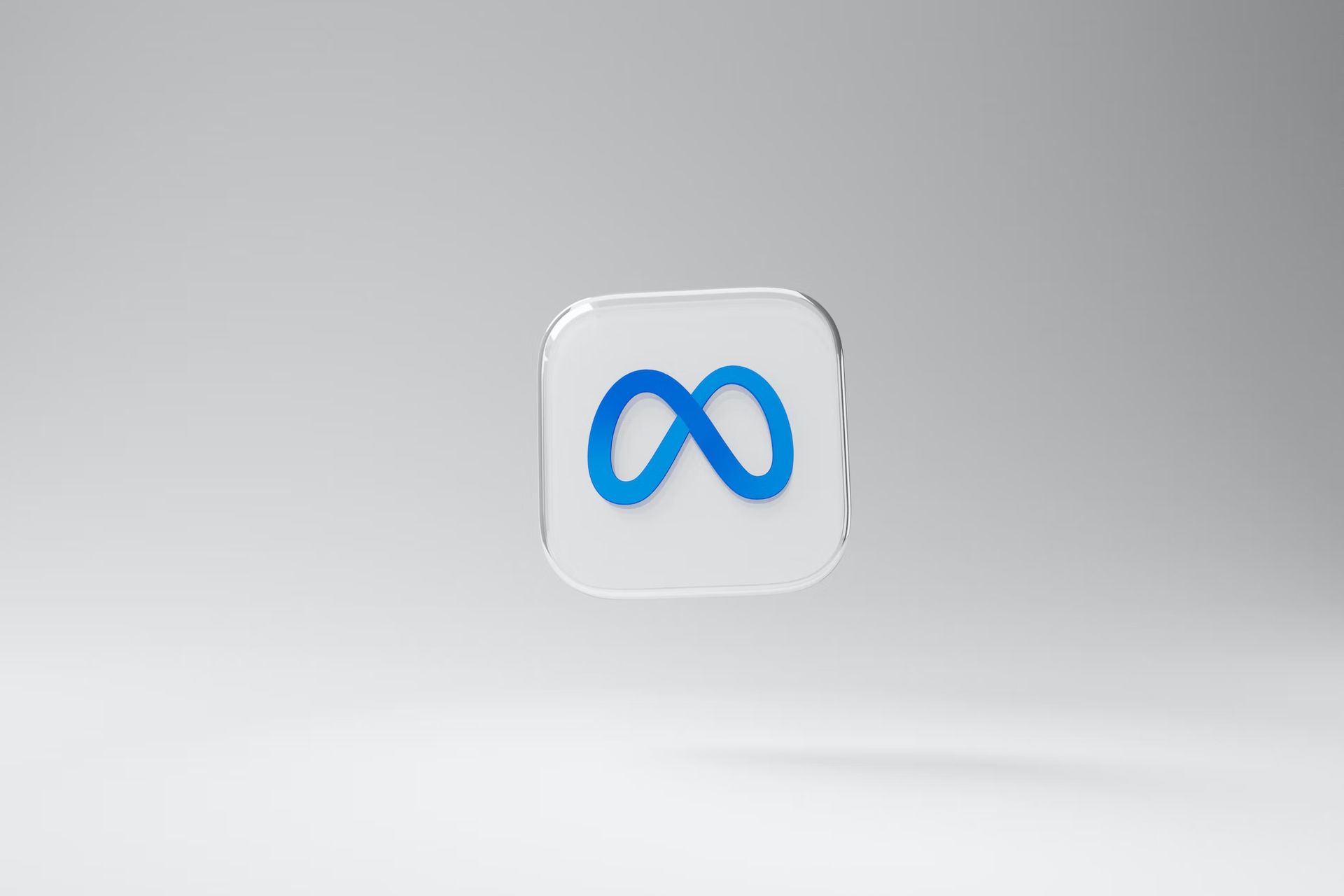- A product organization is being established by Meta to research and create “potential paid products” for Facebook, Instagram, and WhatsApp, according to an internal document distributed to team members last week and seen by.
- The company is still committed to growing its ad business, according to John Hegeman, group vice president of monetization at Meta, who also stated that there are no plans to charge consumers to disable ads in the company’s apps.
- Facebook group administrators can already charge for access to premium content, and authors can buy and receive virtual “stars.”
- WhatsApp recently said that some businesses must pay for the opportunity to connect with their customers, while Instagram recently announced that artists could start charging a fee for access to exclusive content.
- According to CEO Mark Zuckerberg, the company will not keep a cut of revenue from subscriptions and paid services until 2024.
According to an internal memo given to staff members last week and seen by , Meta is establishing a product organization to find and develop “potential paid products” for Facebook, Instagram, and WhatsApp.
Meta is going to bring paid features for Instagram and Facebook
With three major social media applications that collectively have billions of users, the new business represents Meta’s first sincere attempt to integrate paid features across these apps. The reason for its creation is that Apple’s adjustments to iOS ad monitoring and a general decline in digital advertising spending severely impacted Meta’s advertisements business. Pratiti Raychoudhury, who was formerly the chief of research at Meta, will serve as the group’s leader. The group’s name is New Monetization Experiences.
John Hegeman, the group’s vice president of monetization at Meta, said in an interview with The Verge that the company is still committed to expanding its ad business and that there are no plans to charge users to turn off ads in its apps. In his words, “I think we do see opportunities to build new types of products, features, and experiences that people would be willing to pay for and be excited to pay for,” he said. He declined to go into further detail about potential paid features.

Even while Meta already offers a number of premium features across all of its applications, the social media behemoth hasn’t made charging users a top priority until now. Meta makes almost all of its money from advertisements. In the short term, Hegeman doubted that paid features would have a significant impact on the company’s operations, but added that “on the flip side, I think if there are opportunities to both create new value and meaningful revenue lines and also provide some diversification, that’s obviously going to be something that will be appealing.”
In the long run, he said, Meta expects premium features to play a bigger role in its operations. “On a five-year time horizon I do think it can really move the needle and make a pretty significant difference.”

Administrators of Facebook groups can already charge for access to premium content, and virtual “stars” can be bought and given to authors. Instagram recently revealed that artists could start charging a subscription for access to exclusive content, while WhatsApp recently stated that some businesses must pay for the right to communicate their customers. CEO Mark Zuckerberg stated in June that until 2024, the business will not take a portion of sales from paid features and subscriptions.
“Rolling out more ways for creators to make money on Facebook and Instagram — and sharing updates that will help creators build for the metaverse. We’re heading towards a future where more people can do creative work they enjoy, and I want platforms like ours to play a role in making that happen,” said Zuckerberg.

The movement toward more premium features isn’t exclusive to Meta. Over the past couple of years, charging has become an increasingly common practice in social media platforms. Twitter has paid for Super Follows, TikTok tested paid memberships for authors earlier this year, and Discord exclusively relies on its Nitro subscription. Additionally, both Telegram and Snapchat introduced subscription tiers this year that open up new capabilities. The paid Snapchat layer has already proven to be popular. “We’re obviously paying attention to what’s going on in the industry. And I think there are multiple companies that have done interesting things in this space that I think hopefully we can learn from and emulate over time,” stated Hegeman.





